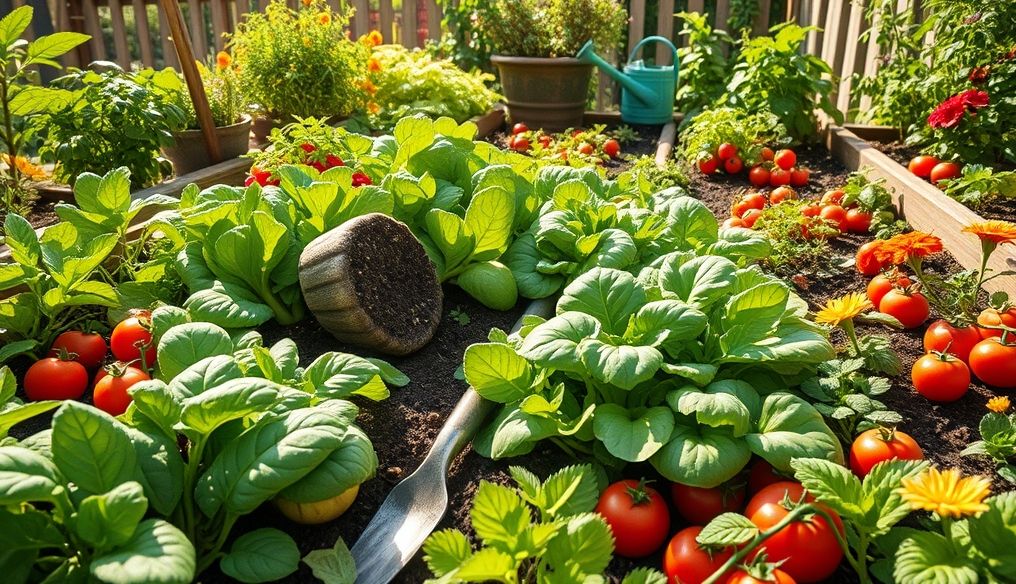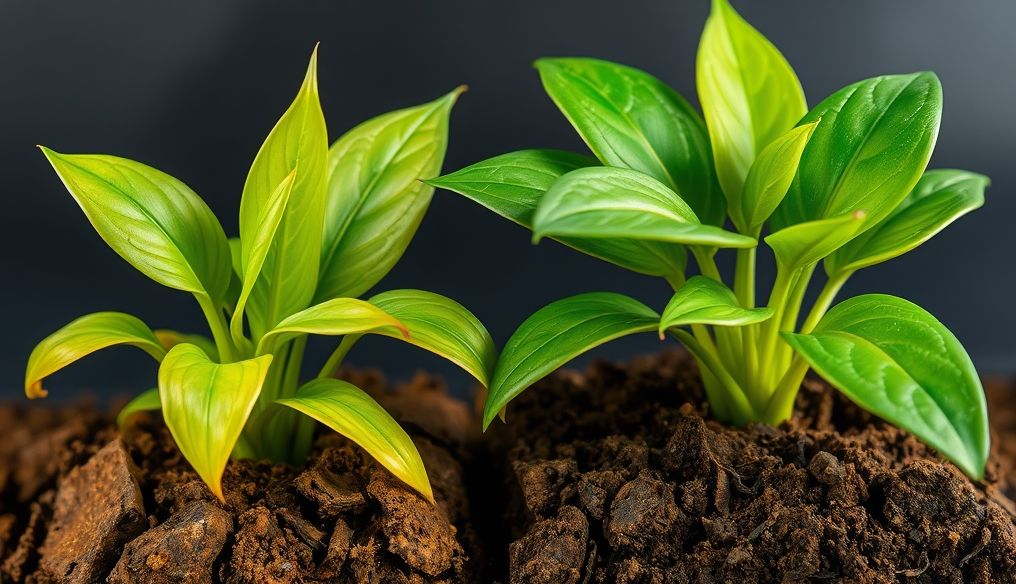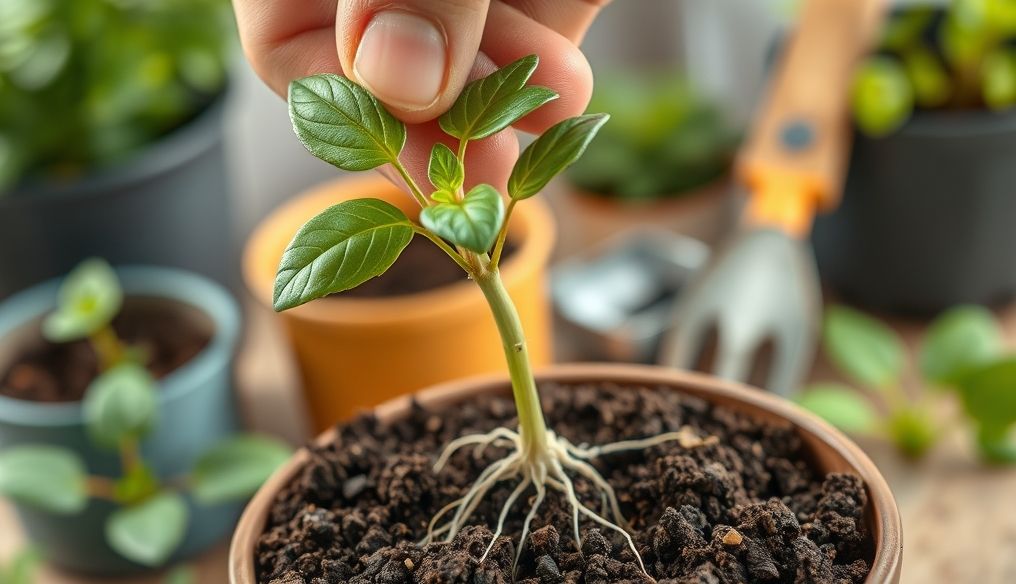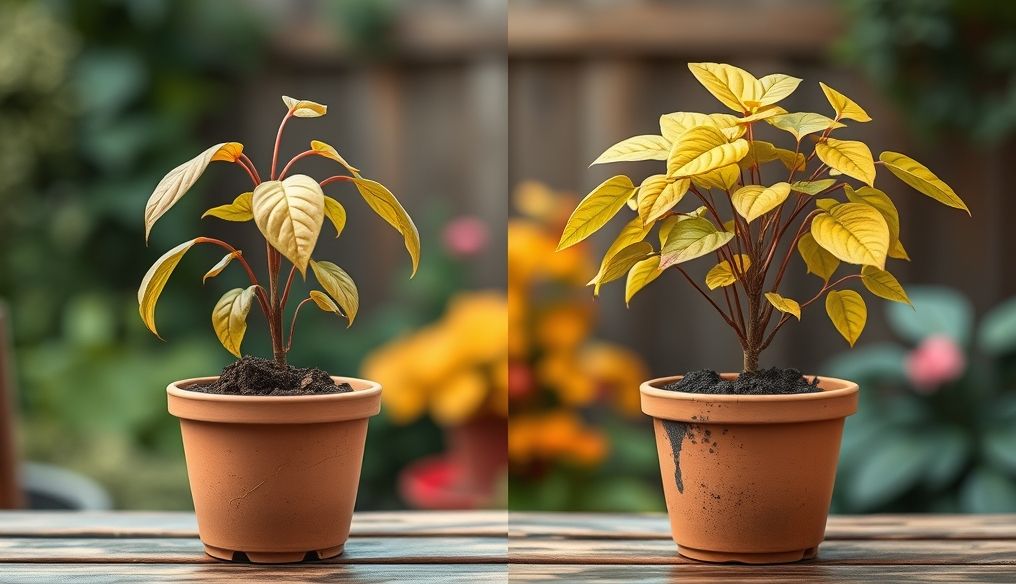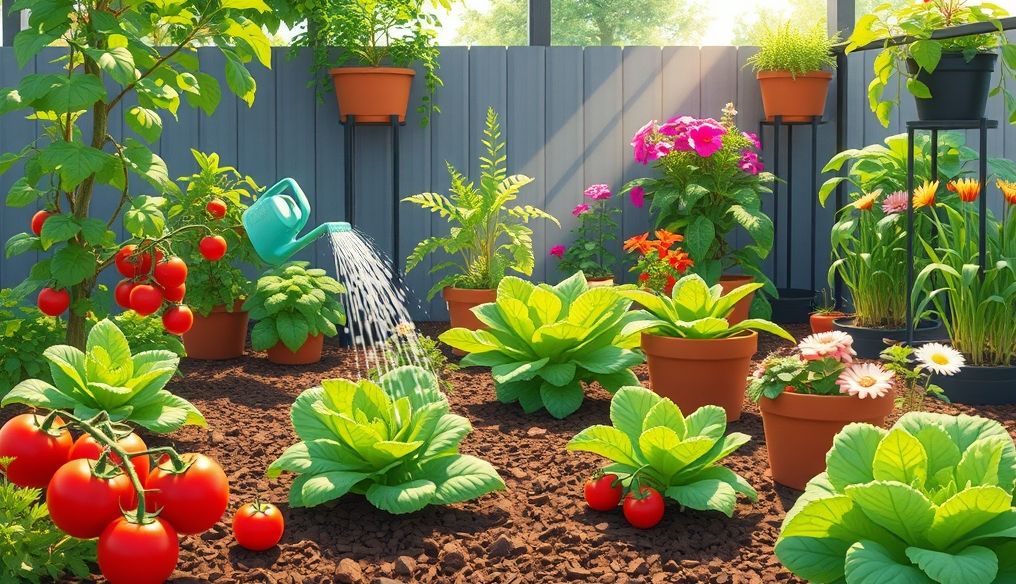What are the easiest vegetables to grow for beginners?
Growing vegetables at home is a fun and rewarding experience, giving you fresh, healthy food and helping you connect with nature. Getting started may seem difficult, but there are many vegetables that are ideal for beginners. They are easy to grow, tolerate common mistakes, and grow quickly.
Chapter 1: Why Should You Start Growing Vegetables?
Before we learn about the easiest vegetables to grow, let's look at some reasons why this hobby is worthwhile:
- Fresh and Healthy Food: Vegetables you grow yourself are fresher and more nutritious than those you buy from the store, as you can control the quality of the soil, fertilizers, and pesticides used.
- Saving Money: Growing vegetables can help you save money, especially if you consume large quantities of certain types.
- Fun and Relaxing Activity: Gardening is a fun and relaxing activity that helps you relieve stress and improve your mood.
- Developing New Skills: Growing vegetables teaches you new skills in agriculture and plant care.
- Contributing to the Environment: Growing vegetables at home reduces the carbon footprint resulting from transporting food from farms to stores.
Chapter 2: Basics of Growing Vegetables for Beginners
Before you start growing any type of vegetable, there are some basics you should know:
1. Choosing the Right Location:
Choose a sunny location in your garden or on your balcony, where plants receive at least 6 hours of direct sunlight daily. Also, make sure the soil is well-drained.
2. Preparing the Soil:
Loosen the soil and remove weeds and rocks. Add organic compost or bio-fertilizer to improve soil fertility and water retention capacity.
3. Choosing Seeds or Seedlings:
You can start by planting seeds directly in the ground or buying ready-made seedlings from the nursery. Seedlings save you time and effort and ensure a strong start for the plants.
4. Regular Watering:
Keep the soil moist, but avoid overwatering, which can lead to root rot. Deep and infrequent watering is better than frequent surface watering.
5. Pest and Disease Control:
Inspect plants regularly for pests and diseases. Use natural insecticides and fungicides if necessary.
Chapter 3: Top 10 Easiest Vegetables to Grow for Beginners
Now, let's learn about the 10 easiest vegetables that beginners can grow successfully:
1. Radishes:
Radishes grow very quickly, and you can harvest them within just one month of planting. They are planted directly in the ground and are best planted in spring and fall.
- Planting: Sow seeds 1 cm deep, spacing them 2-3 cm apart.
- Watering: Keep the soil moist.
- Harvesting: Harvest radishes when they reach 2-3 cm in diameter.
2. Lettuce:
Lettuce is easy to grow and can be harvested in stages. There are different types of lettuce, such as romaine lettuce and leaf lettuce, all of which are suitable for beginners.
- Planting: Sow seeds 0.5 cm deep, spacing them 15-20 cm apart.
- Watering: Keep the soil moist.
- Harvesting: Harvest the outer leaves when they are large enough to use.
3. Spinach:
Spinach is a leafy green rich in nutrients and grows quickly in cold weather. It is best planted in spring and fall.
- Planting: Sow seeds 1 cm deep, spacing them 5-7 cm apart.
- Watering: Keep the soil moist.
- Harvesting: Harvest the leaves when they are large enough to use.
4. Carrots:
Carrots need loose, well-drained soil to grow properly. Choose a short type of carrot if your soil is clayey.
- Planting: Sow seeds 1 cm deep, spacing them 2-3 cm apart.
- Watering: Keep the soil moist.
- Harvesting: Harvest carrots when they reach 1-2 cm in diameter.
5. Green Beans:
Green beans are easy to grow and produce an abundant crop. There are two types of beans: bush beans and pole beans. Pole beans need support to grow on.
- Planting: Sow seeds 2-3 cm deep, spacing them 5-7 cm apart.
- Watering: Keep the soil moist.
- Harvesting: Harvest beans when the pods are full but before the seeds get too large.
6. Peas:
Peas are a climbing plant that needs support to grow on. It is best planted in cold weather.
- Planting: Sow seeds 2-3 cm deep, spacing them 5-7 cm apart.
- Watering: Keep the soil moist.
- Harvesting: Harvest peas when the pods are full but before they dry out.
7. Zucchini:
Zucchini is a strong and fast-growing plant that produces an abundant crop. It needs a lot of space to grow properly.
- Planting: Sow seeds 2-3 cm deep, spacing them 60-90 cm apart.
- Watering: Keep the soil moist.
- Harvesting: Harvest zucchini when it reaches 15-20 cm in length.
8. Cucumber:
Cucumber is a climbing plant that needs support to grow on. It is best planted in warm weather.
- Planting: Sow seeds 2-3 cm deep, spacing them 30-45 cm apart.
- Watering: Keep the soil moist.
- Harvesting: Harvest cucumbers when they reach 15-20 cm in length.
9. Cherry Tomatoes:
Cherry tomatoes are easy to grow and produce an abundant crop of small, sweet fruits. They need support to grow on.
- Planting: Plant seedlings 15-20 cm deep, spacing them 45-60 cm apart.
- Watering: Keep the soil moist.
- Harvesting: Harvest tomatoes when they are red and soft to the touch.
10. Bell Peppers:
Bell peppers need warm weather and well-drained soil to grow properly. They need support to grow on.
- Planting: Plant seedlings 15-20 cm deep, spacing them 45-60 cm apart.
- Watering: Keep the soil moist.
- Harvesting: Harvest peppers when they are green, red, or yellow, depending on the type.
Chapter 4: Additional Tips for Successful Vegetable Growing
Here are some additional tips to help you succeed in growing vegetables:
- Start Small: Don't try to grow too many vegetables at once. Start with a few types, then gradually expand your garden.
- Choose Disease-Resistant Varieties: Choose varieties of vegetables known for their resistance to diseases and pests.
- Rotate Crops: Change the location of vegetable planting each year to prevent the accumulation of diseases and pests in the soil.
- Use Mulch: Place a layer of mulch around plants to keep the soil moist and prevent weed growth.
- Monitor Plants Regularly: Inspect plants regularly for pests and diseases, and take action as soon as possible.
- Enjoy the Process: Growing vegetables should be fun. Don't put pressure on yourself, and enjoy learning and growing with your plants.
Chapter 5: Organic Fertilization and its Importance
Organic fertilization plays a vital role in the success of vegetable growing. Here are some benefits:
- Improving Soil Quality: Organic fertilizer improves soil structure and increases its ability to retain water and nutrients.
- Providing Nutrients: Organic fertilizer provides the essential nutrients that plants need to grow.
- Promoting Soil Biological Activity: Organic fertilizer encourages the growth of beneficial microorganisms in the soil, which help improve plant health.
- Reducing the Need for Chemical Fertilizers: By using organic fertilizer, you can reduce the need for chemical fertilizers, which can be harmful to the environment.
Chapter 6: Natural Pest Control Methods
Instead of using chemical insecticides, you can use natural methods to control pests:
- Using Insect Repellent Plants: Plant plants such as mint, basil, and garlic around vegetables to repel harmful insects.
- Using Insecticidal Soap: Spray plants with a solution of insecticidal soap to kill small insects.
- Using Neem Oil: Neem oil is a natural insecticide that is effective against many pests.
- Encouraging the Presence of Beneficial Insects: Attract beneficial insects to your garden, such as ladybugs and earwigs, which feed on harmful insects.
Chapter 7: Growing Vegetables in Pots
If you don't have a garden, you can grow vegetables in pots on your balcony or in your backyard. Choose pots large enough to accommodate the roots of the plants, and use well-drained potting soil. Make sure the pots have drainage holes in the bottom to prevent water from pooling.
Chapter 8: Conserving Water in the Vegetable Garden
Conserving water is important to protect the environment and save money. Here are some tips:
- Use Drip Irrigation: Drip irrigation saves water by delivering it directly to the roots of the plants.
- Collect Rainwater: Collect rainwater in barrels and use it to water the plants.
- Apply Mulch: Place a layer of mulch around plants to keep the soil moist and reduce evaporation.
- Water Plants in the Early Morning or Evening: Avoid watering plants in the middle of the day when the sun is strong, because the water will evaporate quickly.
Chapter 9: Planning a Vegetable Garden
Planning a vegetable garden helps you organize the space and grow vegetables effectively. Here are some tips:
- Draw a Map of Your Garden: Draw a map of your garden and mark the places where you will plant each type of vegetable.
- Consider the Needs of the Plants: Consider the needs of each type of vegetable in terms of sunlight, water, and space.
- Rotate Crops: Change the location of vegetable planting each year to prevent the accumulation of diseases and pests in the soil.
- Use Companion Planting: Plant different types of vegetables together that benefit each other. For example, planting tomatoes with basil helps repel harmful insects.
Chapter 10: Enjoying the Fruits of Your Labor
After all this effort, it's time to enjoy the fruits of your labor. Harvesting the vegetables you grew yourself is a very rewarding experience. You can use fresh vegetables in your daily meals, or share them with friends and family.
Growing vegetables is a continuous journey of learning and experimentation. Don't be afraid to make mistakes, enjoy the process, and you will be able to grow a successful and productive vegetable garden.
